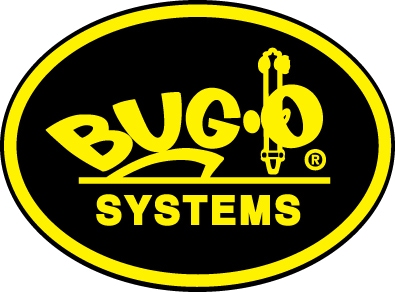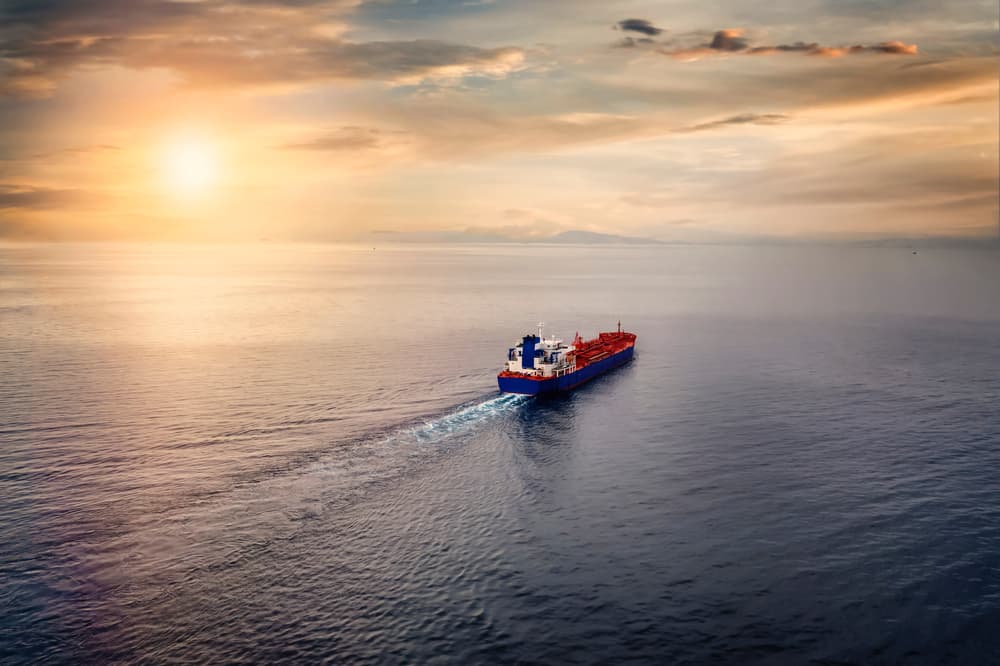Shipbuilding is a complex process that requires precision and expertise. Welding, in particular, plays a crucial role in ship construction, as it ensures the vessel’s structural integrity. With different welding processes available, it’s important to understand which one is best suited for shipbuilding and how to optimize the production process.
This blog will cover the main types of shipbuilding welding processes. We’ll also discuss the importance of quality welding for ship construction and provide best practices to improve production. Whether you’re a shipbuilder, fabricator, or just interested in the shipbuilding industry, this blog will provide valuable insights into shipbuilding welding processes.
Importance of Quality Welding for Ship Construction
The welding process in shipbuilding is crucial. It ensures the vessel’s durability, safety, and overall quality. Welding is involved in almost every shipbuilding aspect, from the structure to the piping and electrical systems.
But the significance of quality welding goes beyond just the construction process. A properly welded ship can operate efficiently and safely in harsh marine environments, reducing the risk of accidents, equipment failure, and expensive repairs. Not to mention, quality welding can extend the vessel’s lifespan, ensuring it remains in service for many years to come. So, it’s no surprise that shipbuilders and fabricators prioritize welding quality.
Types of Shipbuilding Welding Processes
Several types of welding processes are commonly used in shipbuilding. These processes vary depending on the materials being welded and the project’s specific needs. Some of the most common types of welding processes used in shipbuilding include:
Flux-Cored Arc Welding (FCAW)
This type of arc welding uses a continuously-fed wire filled with flux to shield the weld pool from contamination. FCAW is commonly used for welding thicker materials and is particularly effective for welding high-strength steel.
Gas Metal Arc Welding (GMAW)
Also known as MIG (Metal Inert Gas) welding, GMAW uses a wire electrode and a shielding gas to protect the weld from atmospheric contamination. This process is ideal for welding thin materials and is commonly used for welding aluminum and stainless steel.
Submerged Arc Welding (SAW)
This welding process involves using an arc between a continuous electrode and the workpiece. The weld is shielded by a granular flux blanket, preventing atmospheric contamination. SAW is particularly useful for welding thick materials and is commonly used for welding the hulls and decks of large ships.
What Other Projects Can Bug-O Systems Facilitate?
Bug-O serves a variety of industries, like shipbuilding. In addition, Bug-O’s automation solutions have been implemented in nontraditional sectors, including:
- Decommission Projects: This means taking apart or removing buildings, machines, or vehicles that are not needed anymore. This can involve taking things apart, moving them, and getting rid of them safely.
- Waterjet Cutting: Waterjet cutting is a method that uses powerful streams of water to shape, carve or cut through materials. This technique can cut or shape various materials such as armor plating, aircraft bodies, engine components, aluminum body parts, truck bed liners, bumpers, and boat bodies.
- Educational Centers: Bug-O‘s equipment is used in welding and cutting programs in trade schools, union halls, and colleges to cut coupons for weld practice, weld tests, and certifications.
- Thermal Spray: Thermal Spray is a process where metal is melted and sprayed onto a surface to protect it from wear and tear or corrosive environments. This process often protects materials like boiler tube walls, pressure vessels, and continuous digesters used in the paper industry. The thermal spray can help make these materials last longer and resist damage from rust and corrosion.
- Sandblasting: This process uses compressed air to blast abrasive particles against a surface to clean, strip, or smooth it. This technique is commonly used to remove paint, rust, or other unwanted coatings on surfaces of ships, bridges, and large structures. It prepares the surface for rejuvenation or further treatment.
- Tie-downs and Anchor Points: Tie-downs and anchor points are equipment used to secure objects or cargo during transportation. They can secure various things, including trailers, boats, airplanes, farm equipment, and storage crates. These devices ensure that objects are not damaged or lost during transportation.
- Occupational Hazards: Bug-O’s automation solutions can increase operator safety by distancing workers from welding fumes and enabling them to monitor the welding or cutting process from a comfortable distance. This is especially beneficial for industries like agriculture, building, construction, energy/power, and transportation, where workers may be exposed to occupational hazards.
Bug-O‘s technology, which includes precise path and constant speed control, can be used in any industry. We are proud of our expertise in simple, portable mechanization and enjoy helping customers apply our full range of products to solve their unique challenges.
Best Practices for Shipbuilding Welding Process Production
Shipbuilding welding is a complex process that requires skilled workers, proper equipment, and adherence to safety standards. Here are some best practices for shipbuilding welding process production:
- Use proper welding procedures: Shipbuilding welding should be carried out using procedures that meet industry standards. These procedures should be tested and qualified to ensure they are effective.
- Adhere to safety standards: Welding involves working with high temperatures and hazardous materials, so it’s crucial to adhere to safety standards. This includes using proper protective gear, adequate ventilation, and fire prevention measures.
- Conduct regular inspections: Regular inspections of the welding equipment and materials should be carried out to ensure they are in good condition and functioning properly.
- Monitor weld quality: Monitoring the quality of welds is important to ensure they meet the required standards. This involves visual inspection, non-destructive testing, and destructive testing if necessary.
- Proper training: Workers should receive appropriate training and certification to ensure they are competent in shipbuilding welding. This includes training on welding techniques, safety procedures, and equipment handling.
- Maintain cleanliness: Keeping the work area clean and free from debris can help prevent accidents and ensure the proper functioning of equipment.
By following these best practices, shipbuilding welding can be carried out effectively and safely, ensuring the production of high-quality ships that meet industry standards.
Get the Best Mechanized Welding Equipment from Bug-O
The shipbuilding industry relies heavily on welding to produce high-quality and durable vessels. The welding process is crucial for ensuring the safety and longevity of ships. With our range of mechanized welding equipment, shipbuilders can increase productivity, efficiency, and safety while maintaining high-quality standards in their welding processes.
Bug-O‘s solutions provide a range of benefits, including improved precision, speed, and consistency, reduced costs, and minimized occupational hazards. Whether welding, cutting, thermal spray, or other related processes, Bug-O‘s equipment can help shipbuilders achieve their goals and deliver quality results.
Related Readings
Mechanized Welding Process: Improving Production & Quality
Difference Between Welding Mechanization vs. Automation
Bug-O Products that Support Different Types of Welding Positions


Recent Comments